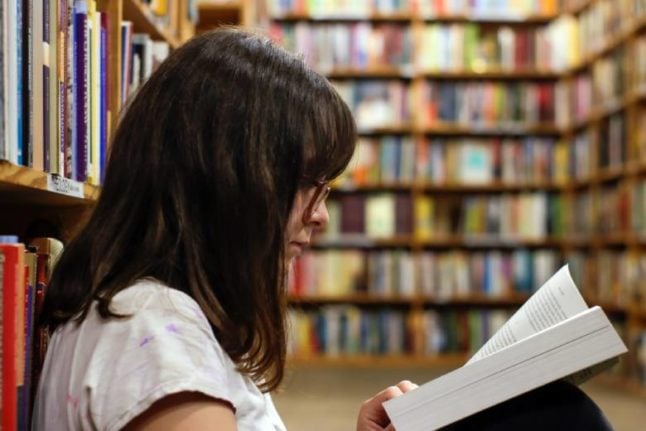On Monday, the governing parties (the Labour and Centre parties) and the SV agreed to provide students with a one-off payment of 1,500 kroner – with the total cost amounting to 210 million kroner.
READ MORE: Norwegian government secures parliamentary majority for new crisis support measures
“I am happy and proud that we have been able to get extra money for a group that has struggled with electricity bills all year. It was needed,” SV’s educational policy spokesperson Freddy André Øvstegård said, according to the news bureau NTB.
“In the winter months ahead of us, the electricity bills will be even higher, so I hope and believe this scheme will come in handy,” Øvstegård added.
Student Organization welcomes support measure
In a phone call with The Local, the leader of the Norwegian Student Organisation (Norsk Studentorganisasjon – NSO), Maika Marie Godal Dam, said that the students welcome the support – especially ahead of the cold winter months.
“First of all, we are thankful that the government and the SV prioritized students this way. We know there are a lot of students who are preparing for a cold winter, and this will help them in the coming months.
“That said, we hope for the future we will see student funding get a real lift so that students don’t need to depend on extraordinary support measures,” Godal Dam noted.



 Please whitelist us to continue reading.
Please whitelist us to continue reading.
Member comments